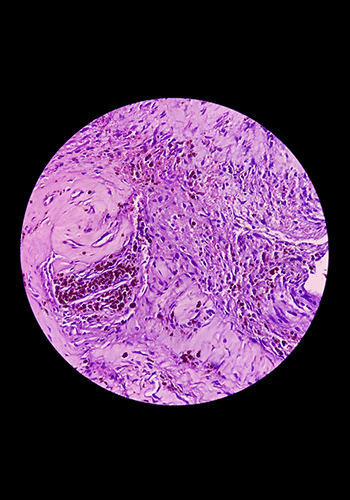Meningioma, Schwannoma & Neurofibromatosis Treatment
Brain tumor diagnosis can be frightening, but if you’ve been diagnosed with a particular brain tumor called a meningioma, there are reasons to be optimistic. Meningiomas are the most common kind of brain tumor — accounting for about 30 percent of all brain tumors — and most are treatable.
Most of these tumors can be removed surgically, and many do not return. You can get advanced Meningioma, Schwannoma, and Neurofibromatosis treatment from any reputable, experienced surgeon.
Schwannomas, tumors that develop on the sheaths of peripheral nerves throughout the body due to the rare genetic disorder schwannomatosis, a form of neurofibromatosis, can cause considerable pain and neurological damage.
Tumors develop on nerve tissue due to a series of hereditary diseases called neurofibromatosis. These tumors can form anywhere in the neurological system, including the brain, spinal cord, and nerves.
Request an Appointment
What Are the Symptoms of Meningiomas, Schwannomas, and Neurofibromatosis?
Meningiomas Symptoms:
General pressure inside the head, resulting in headache, nausea and vomiting
Meningioma pressing against an optic nerve may cause visual problems
Bad effect on motor skills or speech
Electrical disturbances within the brain, cause seizures
Schwannomas Symptoms:
Anywhere on the body, chronic pain can be incapacitating.
Numerous body parts experiencing numbness or weakness
Decrease in muscle

Neurofibromatosis Symptoms:
Arms or legs feeling numb or weak
Pain and Headache
Problems with balance
Cataracts or a vision issue
Seizures and Ringing in ears
Frequently Asked Questions about
Meningioma, Schwannoma & Neurofibromatosis
How Do Meningiomas Differ From Other Brain Tumors?
Meningiomas arise from the layers of membrane that cover the brain and spinal cord, not from the brain tissue itself.
Some 90 percent of meningiomas are benign — that is, they are not likely to spread throughout the body and tend to grow slowly over months or even years.
However, meningiomas can become quite large and crowd the brain and other structures inside the skull.
What’s Involved With Meningioma Treatment?
What Kind of Meningioma Surgery Will My Doctor Choose?
Can All Meningiomas Be Surgically Removed?
What About Radiation And Chemotherapy For Meningiomas?


Dr. Baker specializes in neurosurgery, neurosurgical spine surgery, neurotrauma, brain tumors, spinal tumors, and peripheral nerve damage treatment.









